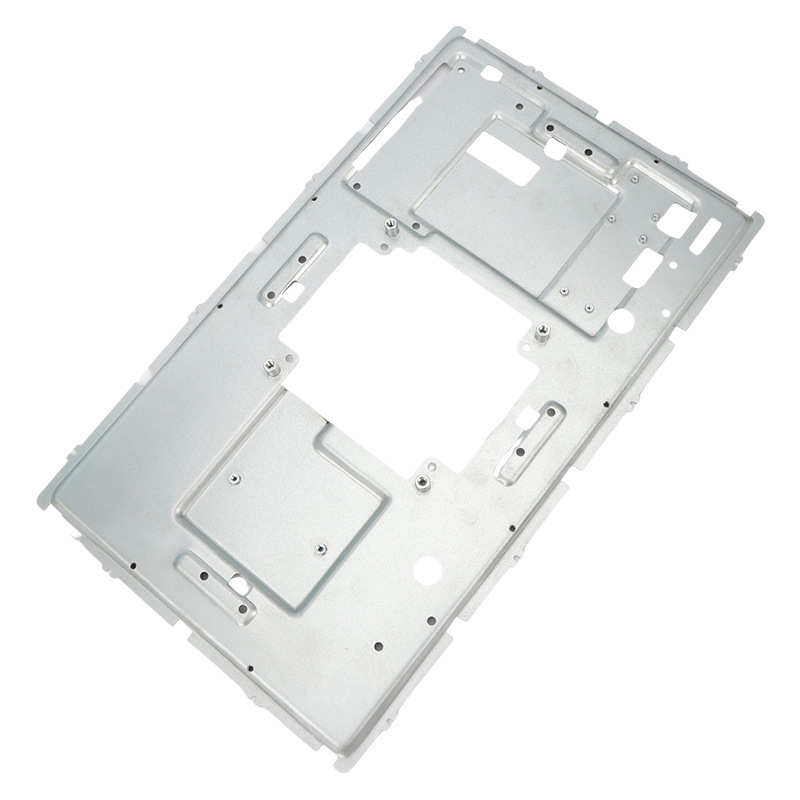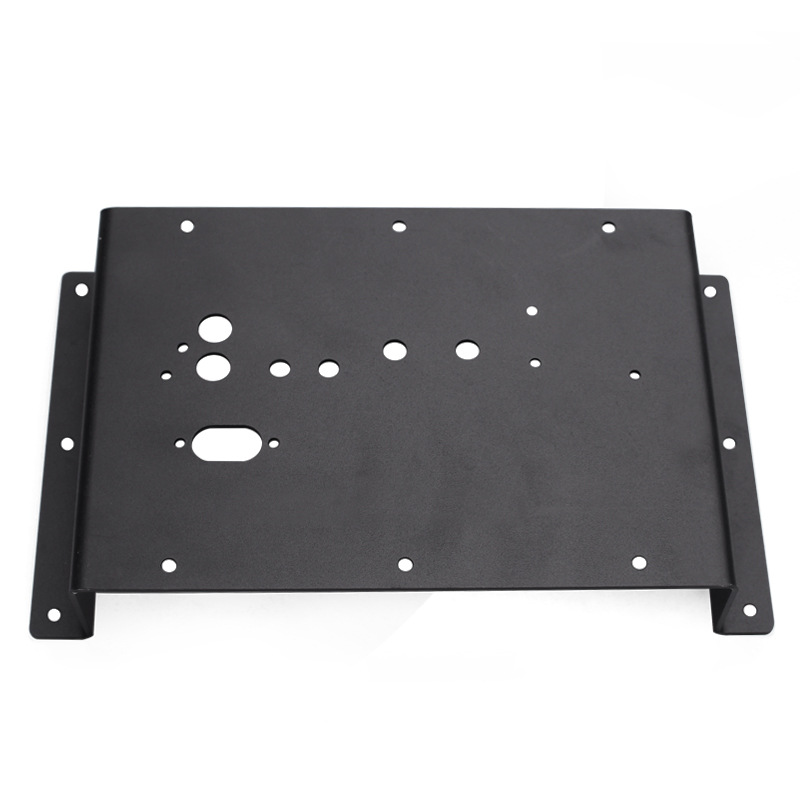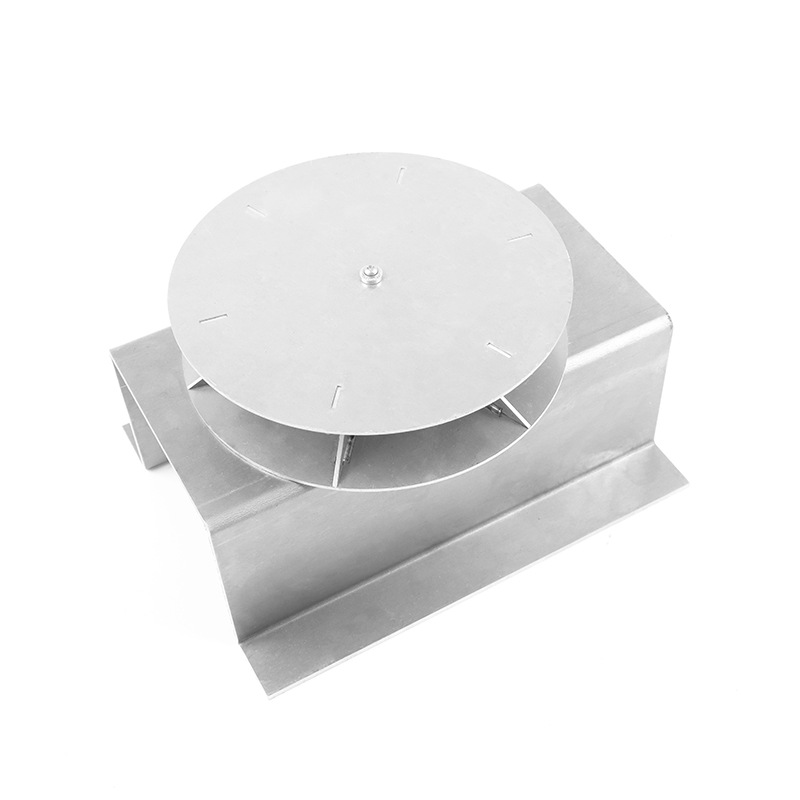

Sheet metal forming is a process that uses machine-controlled equipment to accurately bend, punch and cut metal to produce sheet metal parts for rapid prototyping and low-volume production. Known for their high precision and durability, sheet metal parts are ideal for end-use applications such as chassis, enclosures and brackets.
Cutting thin sheet metal with a high-density beam where a CNC can be used to control the laser beam or the workpiece. Intense lasers can cut sheet metal from 0.5 mm to 10 mm thick to produce prototypes for a large number of parts.
It uses a mould to generate V-, U- or slot shapes in ductile materials along a straight axis. It is suitable for forming stainless steel, steel and aluminium parts, as well as for rapid prototyping of custom sheet metal after the cutting process.
• Bead Blast
• Anodize (Type II Or Type III)
• Chem Film (Chromate Conversion Coating)
• Powder Coat
• Aluminium 6061
• Aluminium 5052
Aluminium is one of the common materials used for sheet metal fabrication.
• Stainless Steel 301
• Stainless Steel 304
• Stainless Steel 316/316L
Stainless steel has excellent weldability, formability and corrosion resistance, making it ideal for sheet metal fabrication.
• Copper 101
• Copper C110
• Copper 260 (Brass)
With high formability, strength, corrosion resistance and electrical conductivity, brass is also an excellent choice for sheet metal fabrication.
• Steel, Low Carbon
• Sheet metal parts are parts with high durability, ductility and pressure resistance for functional prototyping and final production.
• You can choose from a wide range of sheet metal types in terms of strength, conductivity, weight and corrosion resistance.
• Customised finishes are varied and include anodising, plating, powder coating and painting.
• Low investment in tooling and preparation costs for sheet metal parts such as brackets and chassis.
• Cost-effective scaling to low or high production volumes.
Sheet metal fabrication is a versatile manufacturing method for a variety of metal products across a wide range of industries. This process is cost-effective for low-volume, high-mix prototypes, and high-volume production runs. Part of common sheet metal parts are as follows:
• Appliances
• Electrical enclosure
• Body panels
• Brackets
• Parts for computer electronics
• Chassis
• Mounts
• Enclosures
• Cabinets
• Fuselages
• Kitchen equipment
• Office equipment



